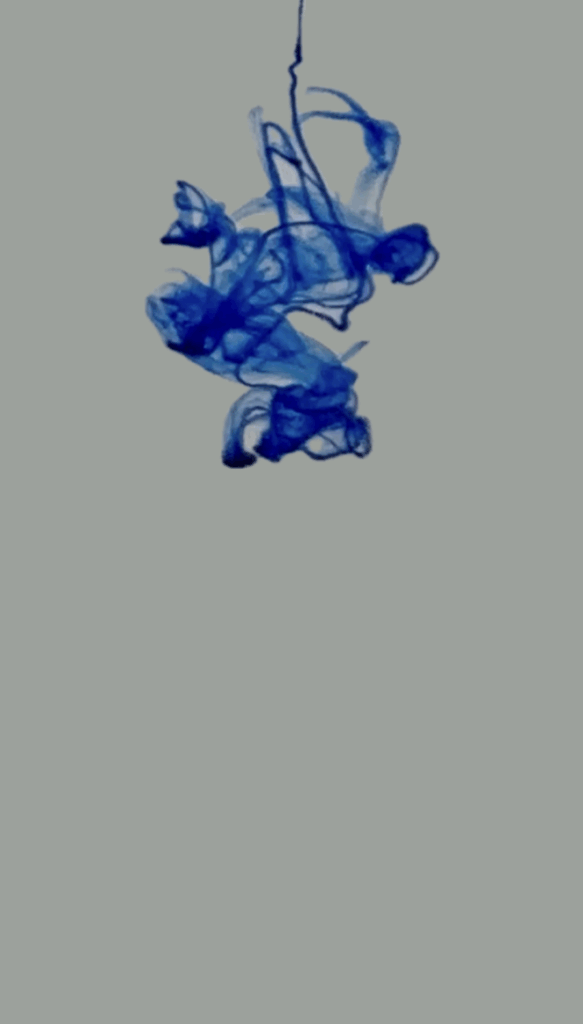When a droplet of blue-dyed meltwater drops into still water, it creates graceful, curling tendrils that change from laminar filaments that are smooth to turbulence that is chaotic. The plume serves as an example of buoyancy-driven convection, in which the ice cube’s denser cold water drops and carries the dye into complex, organic patterns that combine beauty and science.
Full report available here: https://www.flowvis.org/wp-content/uploads/2025/09/GetWetReportIkerAcha.pdf

